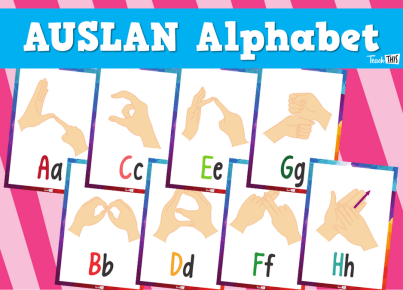Let’s take a look at the effectiveness of early intervention in learning English as a second language. It seems that students who read English early on see a much better outcome.
Next, we will look at this approach, even though there is not yet a lot of proof that this process is beneficial.
Those With Reading Difficulties
When it comes to implementing the response to the intervention method, you should consider the level at which the learner finds themself. This means the level of their first language and their second language, which is English in this case.
If the student has low literacy in both their first and second languages, they need adequate instruction. They will be able to progress to a higher level after their instructors properly educate them.
Those with a high literacy level in their first language but a low literacy level in their second language will show better progress.
Skills Needed By the Educator For Effective Implementation
Educators of the ELL program must be prepared and provided with the right tools for effective instruction.
Teachers and other school personnel should be provided with on-going research material to keep developing learners. Personnel should also know as much as possible about early literacy in the student’s home language.
It is also better for students if they know more about the development of oral language. Instructors should also have the full credentials of bilingual education and must stay up to date with current methods.
For ELLs’ academic success, teachers should also participate in development sessions to further improve their knowledge. Everything that can improve the effectiveness of the implementation of the ELL program should be considered.
How Can Progress Monitoring Be Implemented?
For the program to be effective, continuous monitoring of the student’s progress should be a priority with the educator. At least three times a year, the student’s progress should be monitored.
Students at risk of reading problems should be monitored up to six times per year to keep track of their program. Researched-based instructions should be provided to ELLs who show a low reading ability.
Provide the student with proper interpretations for mispronounced words and do not penalize them for dialect features. More reading sessions might also improve overall progress with the learner.
Concluding Thoughts
As you can see, the educator needs to be appropriately informed and develop themselves for the program’s effective application. Also, the earlier the intervention, the more favorable the outcome might be for most students.




